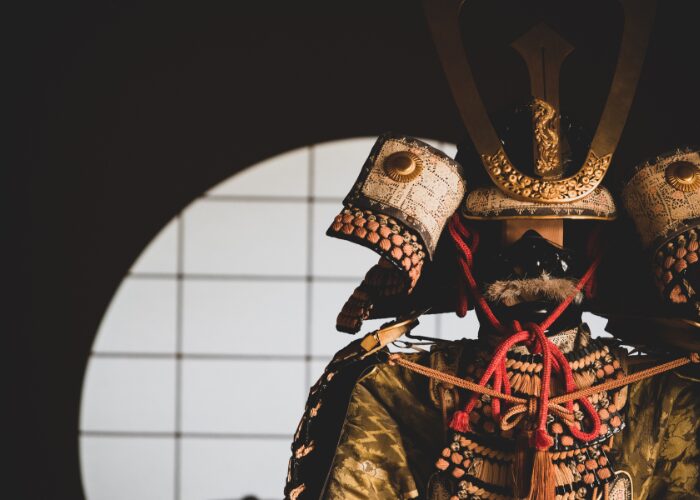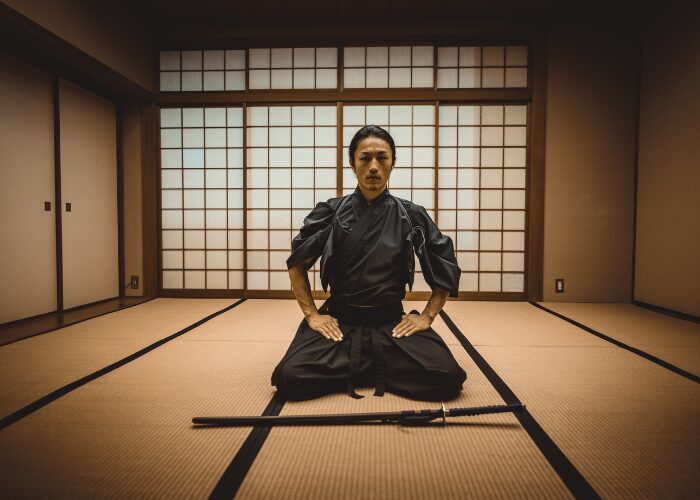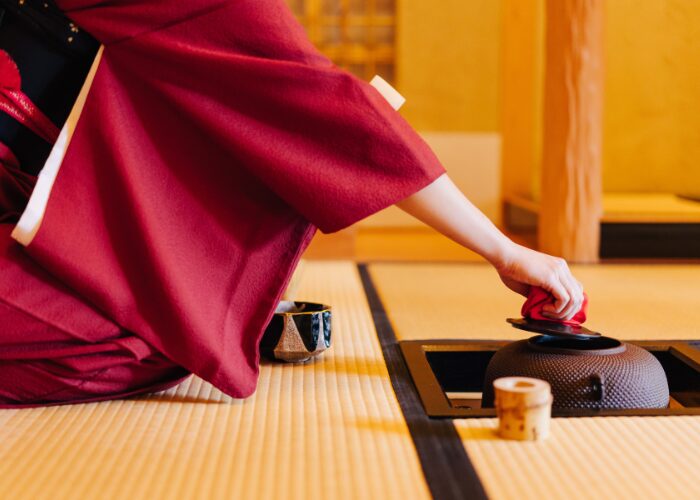
Samurai were a class of highly skilled warriors in pre-modern Japan, known for their strict code of honor and discipline, called “bushido” (the way of the warrior). Here’s a detailed look at who samurai were and what they represented:
Historical Background
- Origins: The samurai class began to form during the Heian period (794-1185) when powerful landowners, or daimyo, hired warriors to protect their lands. Over time, these warriors evolved into the samurai class.
- Peak Period: The samurai played a significant role during the Kamakura (1185-1333), Muromachi (1336-1573), and Edo (1603-1868) periods. Their influence reached its zenith during the feudal era of Japan.
Characteristics and Roles
- Warriors: Samurai were trained in various forms of combat, including archery, horseback riding, and, most famously, swordsmanship. They wielded weapons such as the katana (long sword), wakizashi (short sword), and yumi (bow).
- Code of Bushido: This code emphasized virtues such as loyalty, honor, obedience, duty, filial piety, and self-sacrifice. The samurai were expected to live and die by these principles.
- Duties: Samurai served as military officers, castle guards, and administrators. They were often in the service of a daimyo, providing protection and enforcing the law on their lands.

Social Status
- Class System: Samurai were at the top of the social hierarchy, above peasants, artisans, and merchants. However, they were below the noble court aristocracy.
- Hereditary Class: Samurai status was often hereditary, passed down from father to son.
Cultural Impact
- Literature and Arts: Samurai culture significantly influenced Japanese literature, poetry, and arts. The ideals of bushido can be seen in various works, such as “The Tale of the Heike” and numerous Noh and Kabuki plays.
- Tea Ceremony and Zen Buddhism: Samurai were also patrons of the arts, including the tea ceremony and Zen Buddhism, both of which stressed discipline and mindfulness.

Decline and Legacy
- End of Samurai Era: The Meiji Restoration in 1868 marked the end of the samurai class as Japan modernized and centralized its military forces. The new government introduced conscription, leading to a national army that replaced the samurai.
- Modern Influence: Although the samurai class no longer exists, their legacy lives on in Japanese culture, martial arts, and modern media, including films, books, and video games.
In summary, samurai were not just warriors but a social class defined by a code of conduct, martial prowess, and a significant role in shaping Japanese history and culture.
Leave a Reply